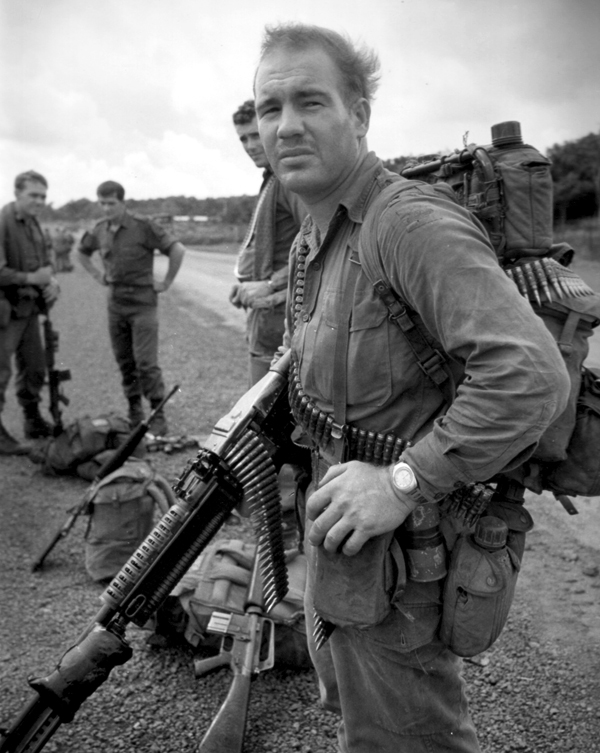
The Second Indochina War, the Vietnam conflict, or more commonly known as the Vietnam war, was a Cold War military conflict that occurred in Vietnam in 1959. The conflict depicted the north communist Vietnamese, supported by communist allies, against the South Vietnamese, supported by the Americans and other non-communist nations. The United States entered the war as part of their containment strategy. The Americans also feared that the domino theory would take place: if one Southeast Asian country fell to communism, the neighboring countries would follow suit.
The Vietnam conflict started back in 1945, where the French controlled the French Indochina, now called Vietnam. Ho Chi Minh, the leader of the resistance movement called the Vietminh, publicly declaring Vietnamese independence in hope to drive the French out of the country. However, the French had no intention of leaving Vietnam and soon regained control of the cities and southern half. Ho Chi Minh vowed to fight back from the North to regain the South from French control.
In 1956, Minh gained popularity as a war hero from the Japanese in WWII and support from peasants, and the United States sensed that he would win the next election. The South Vietnamese President, Ngo Dinh Diem, a strong anti-communist, refused to take part in the upcoming countrywide election. Diem promised to hold a stable government in the South, and the Americans continued to supply aid. Diem, however, was unable to hold his end of the bargain and ushered a corrupt government that suppressed any opposition and issued no land to the peasants. By 1957, a Communist opposition group in South Vietnamese, the Vietcong, began to attack the Diem government. Ho Chi Minh supported the group and supplied arms. As the rebellion stepped up their guerrilla warfare tactics, the South grew more unstable. Furthermore, Diem’s popularity plummeted because of ongoing corruption and failure to respond to reforms. Not long after, Diem was assassinated. It was time for the U.S. to take action.
More than 500,000 soldiers were drafted and sent to Vietnam. The U.S. suffered from heavy losses as the soldiers were unprepared for the guerilla warfare tactics used by the Vietminh army. It was inevitable that the U.S. would eventually fall as tension heated up back in America. Because of unfavorable protests, the former president Nixon was forced to withdraw the U.S. forces. Vietnam and the neighboring countries fell to communism.
This post was very informative! You stated who was on which side and explained how each event took place like how America got involved because they didnt want communism to spread. Great job!
ReplyDeleteThat was a great blog. You explained everything really well and had a lot of information in it
ReplyDeleteYou have a lot of information incorporaated into your blog and even though you don't have a partner, you were still very thorough in explaining more about the Vietnam War. This post flows from one point to another, so greta job.
ReplyDeleteGood job describing the domino effect that brought the US into this war. Before this, I had no idea why the US was involved, but now I do. Good post.
ReplyDeleteSuper informative! I found the part about the domino theory rather interesting. It flows nicely, as well.
ReplyDeleteVery informative and detailed. If flowed fluently and well structured. The photo really added a sense of patriotism to fight the war.
ReplyDelete